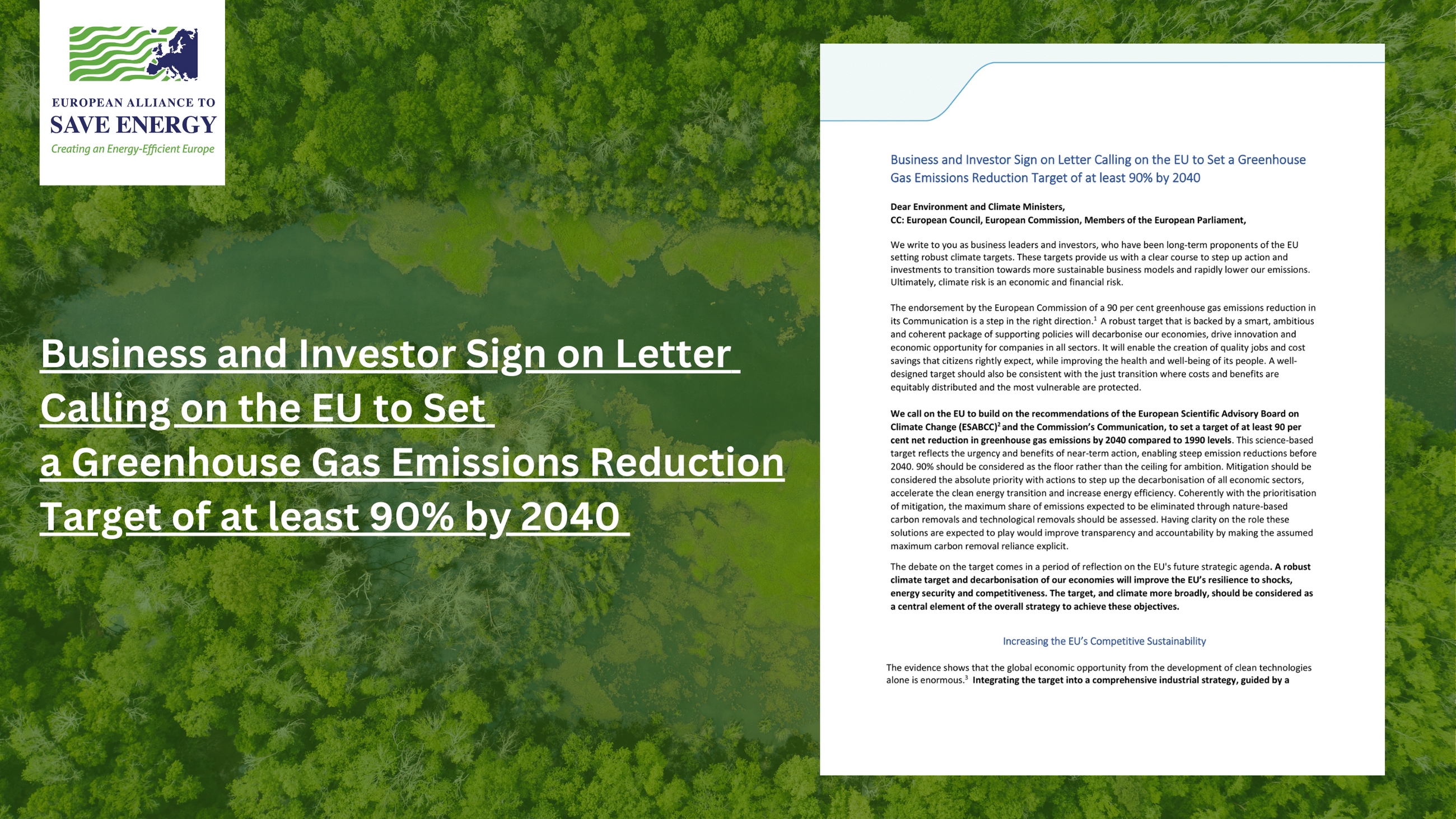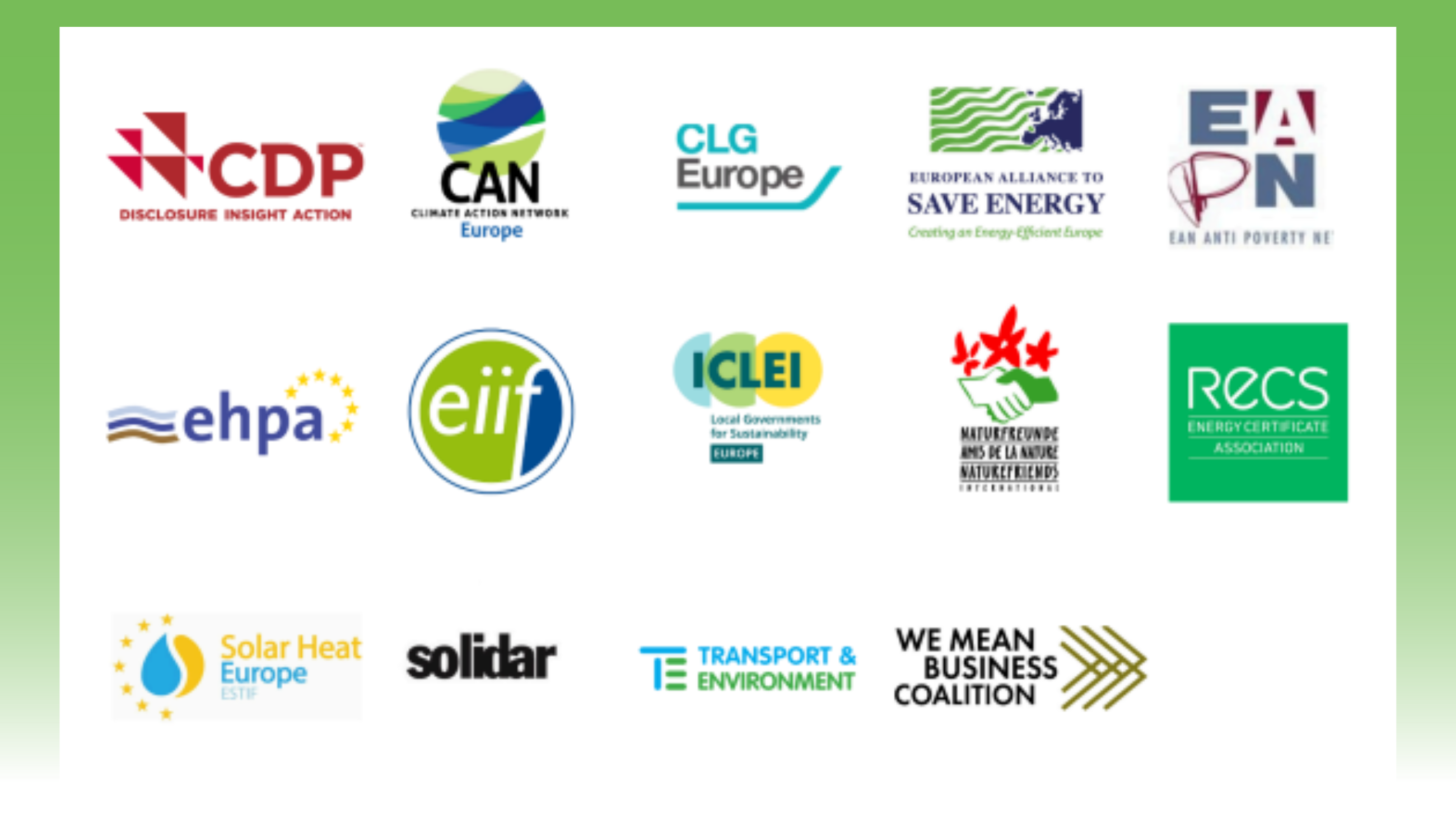Action on energy efficiency requires both technological and social change

Although sometimes overlooked in the race to devise innovative solutions to the climate crisis, energy efficiency remains crucially important. Energy efficiency has contributed to greater savings in primary energy and faster reductions in emissions compared to the transition to renewable energy resources. While the growth in global energy consumption dropped by 2.1% during the pandemic year of 2022, the growth rate remains higher than the average rate measured from 2010 to 2019. What can we do to slow this rate of growth, or even reverse it?
One of the best ways to take immediate and effective action is to transition from conventional lighting to energy-efficient LED lighting. LED light sources consume less than half the energy consumed by incandescent and fluorescent light sources, and up to 80% less energy when managed in a connected system. An individual light bulb or luminaire consumes a small amount of energy, but since lighting is everywhere that people are, the global lighting footprint is significant.
This means that transitioning to energy-efficient lighting solutions can have a significant effect. Since economic growth results in global increases in the use of artificial lighting, inaction will result in a significant increase in global energy consumption for lighting by 2030. While the global transition to energy-efficient LED lighting is moving very quickly—approximately 85% of lighting sales at Signify are LED today, for example—there are still significant benefits that can be gained by accelerating the depletion of the installed base of conventional lighting, which still accounts for almost 50% of all light points in the EU and the US. In fact, the worldwide switch to LED and connected LED could decrease global energy demand for electricity by 30%, while at the same time reducing carbon emissions by 1.4 billion metric tons a year. The switch is easy and relatively inexpensive to make, in both residential and commercial built environments.
It is important to keep in mind that making the transition to energy-efficient lighting involves not just technological change but also social change. People should be willing to make the switch. Individuals have to understand the positive effects of well-managed LED lighting on comfort and well-being. Businesses and cities have to understand its advantages not only in terms of energy and emissions reductions but also in terms of improvements to operations and quality of life.
A sense of urgency is appropriate. But fearmongering and finger-pointing will not bring about the necessary social change. Instead, the emphasis has to be on taking effective energy-efficiency action and improving the quality of life, work, and the economy. With the right approach, we can have our cake and eat it too.
Harry Verhaar
Global Head of Brand, Communication & Marketing
Signify




